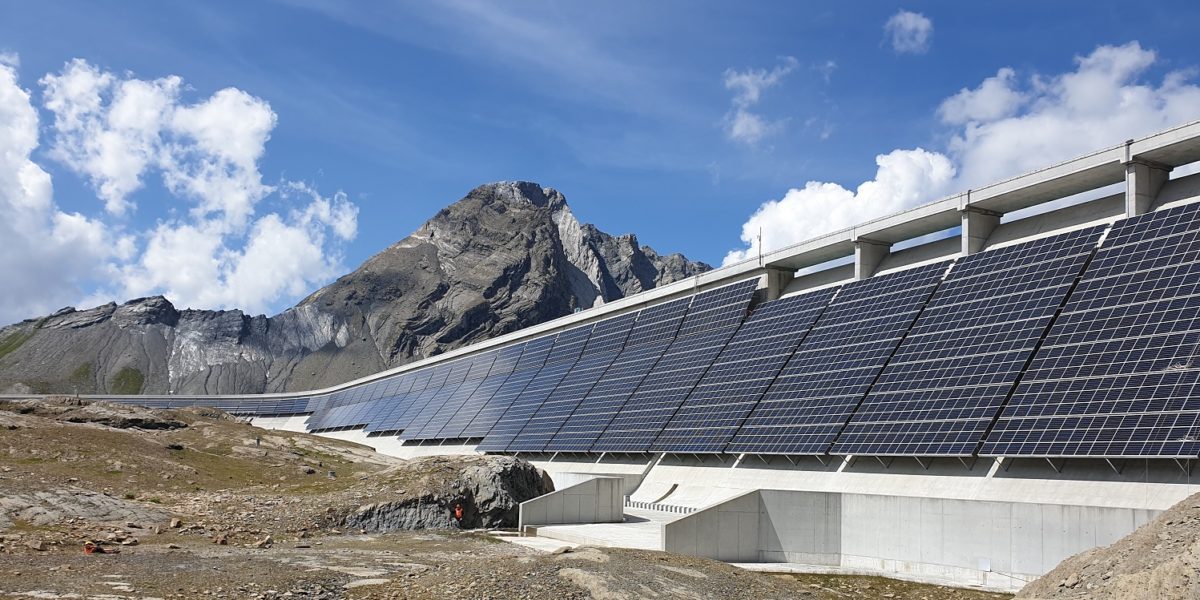https://www.pv-magazine.com/2022/09/07/pv-driven-rechargeable-control-module-for-cyborg-cockroaches/
PV-driven rechargeable control module for ‘cyborg cockroaches’

The remote-control "cyborg cockroach" is equipped with a wireless control module, powered by a rechargeable battery attached to a solar cell.
Image: RIKEN
Researchers from the Cluster for Pioneering Research (CPR) – a unit of Japanese research center Riken – have built a rechargeable control module that is entirely powered by an organic solar cell and a small battery. It can be mounted on real insects to inspect hazardous areas or monitor urban environments.
“The current system doesn't have any geolocation device, but if we include such devices we know where the insects are after the mission and we could remove the modules,” researcher Kenjiro Fukuda told pv magazine. “The modules adhere onto the body with adhesion, so they can be removed physically or if needed with a releasing agent.”
The ultra-soft PV device and the ultra-thin electronics placed on the curved abdomen of the insect, according to the scientists, do not affect the insect’s ability to move and provide for remarkable recharging wireless locomotion control.
“The backpack was designed using a precise 3D model, and 3D printed with an elastic polymer,” they said. “The columnar structure at the bottom matches the curved surface shape.”
The solar cell has a power conversion efficiency of 7.96%, an open-circuit voltage of 1.98 V, a short-circuit current of 28.3 mA, and a fill factor (FF) of 0.564. The solar cell module attached to the 3D-printed curved surface model exhibited an open-circuit voltage of 1.92 V, a short-circuit current of 22.8 mA, and a fill factor (FF) of 0.394.
“The decrease in fill factor is related to the decrease in the shunt resistance because of the increase in the leakage current during the attachment process,” the academics explained, noting that the cell output is more than 50 times larger than the power output of current energy harvesting devices on living insects. “Handlers must be able to control them remotely for long periods of time. This requires wireless control of their leg segments, powered by a tiny rechargeable battery … While it’s possible to build docking stations for recharging the battery, the need to return and recharge could disrupt time-sensitive missions. Therefore, the best solution is to include an onboard solar cell that can continuously ensure that the battery stays charged.”
Popular content
The wireless control technology should be placed on the insect's leg segments and be powered by a tiny rechargeable lithium-polymer battery.
“The ultra-thin organic solar cell module confirmed the effectiveness of the strategy by charging the battery on living movable insects,” the Japanese group said. “The separated functions of components on both the thorax and abdomen enabled sustained untethered usage of cyborg insects.”
The scientists described the control module in “Integration of body-mounted ultrasoft organic solar cell on cyborg insects with intact mobility,” which was recently published in Flexible Electronics.
“Considering the deformation of the thorax and abdomen during basic locomotion, a hybrid electronic system of rigid and flexible elements in the thorax and ultrasoft devices in the abdomen appears to be an effective design for cyborg cockroaches,” said Fukuda. “Since abdominal deformation is not unique to cockroaches, our strategy can be adapted to other insects like beetles, or perhaps even flying insects like cicadas in the future.”
In 2017, another Riken research group developed an ultra-thin photovoltaics wrapped in stretchable and waterproof films that continues to generate solar electricity even after being soaked in water or being exposed to mechanical stress, such as cleaning in a washing machine. The efficiency of double-side-coated devices decreases only by 5.4% after immersion in water for 120 minutes. Furthermore, the efficiency of the devices remains at 80% of the initial value even after 52% mechanical compression for 20 cycles with 100 minutes of water exposure, according to research findings published in Nature Energy.
This content is protected by copyright and may not be reused. If you want to cooperate with us and would like to reuse some of our content, please contact: editors@pv-magazine.com.




